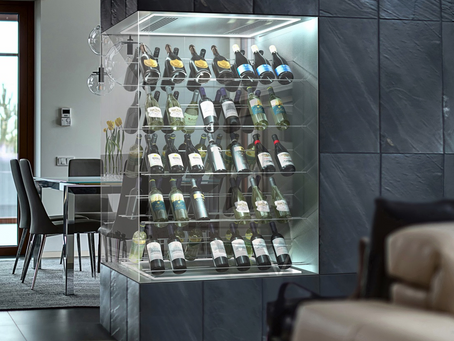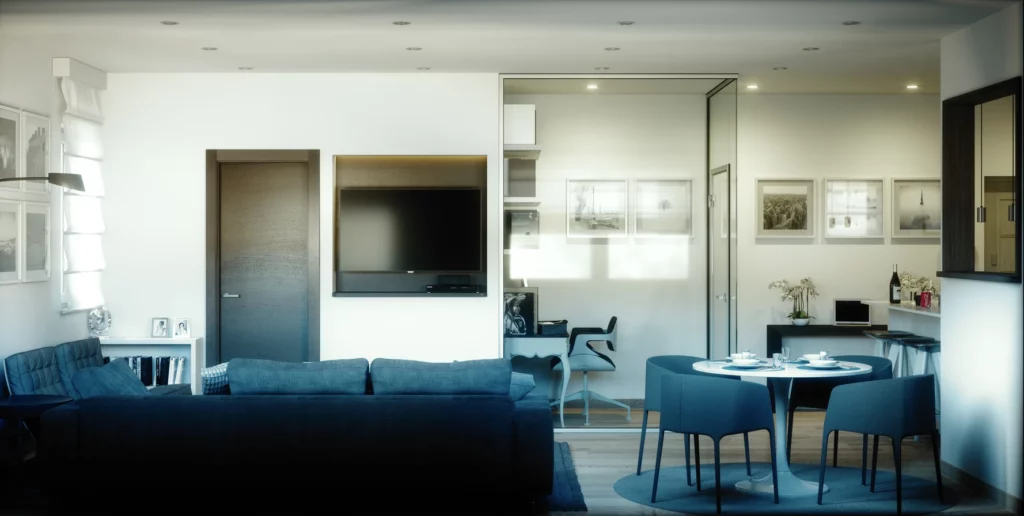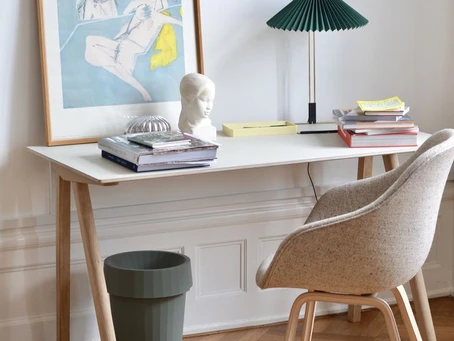Strategic Workspace Design: Embracing Office Design Trends for Optimal Comfort and Productivity
In the ever-evolving landscape of office design, the trend is shifting towards creating workspaces that feel like home. This paradigm recognizes the importance of comfort and a familiar atmosphere in enhancing employee satisfaction and productivity. Let’s explore a comprehensive blueprint for designing offices that not only evoke the warmth and coziness of home but also align with the latest office design trends. Personalized Workstations Start by embracing the individuality of each employee. Encourage personalized workstations with elements that reflect their personality. Whether it’s family photos, artwork, or personal mementos, these touches foster a sense of belonging and stay in tune with current office design trends. Ergonomic and Comfortable Furniture Invest in ergonomic furniture that goes beyond functionality to prioritize comfort. Comfortable chairs, adjustable desks, and cozy seating areas contribute to a relaxed environment, aligning with the latest trends in office design for optimal well-being Soft Lighting and Natural Elements Move away from harsh, fluorescent lighting. Integrate soft, ambient lighting and bring in natural elements like plants. Soft lighting creates a calming atmosphere, while plants contribute to a connection with nature, staying in line with contemporary office design trends. Homely Color Palettes and Textures Consider the impact of color on mood. Opt for homely color palettes that are warm and inviting. Soft tones, natural hues, and textured materials can add depth and create a visually comforting environment, reflecting modern office design trends. Communal Spaces with a Kitchen Feel Transform communal spaces into captivating areas reminiscent of a kitchen, drawing inspiration from the innovative design at IncepTech’s Space Garden. Here, the primary concept revolves around crafting a vibrant office space that empowers employees to achieve their goals without constraints. Featuring expansive communal tables, cozy seating arrangements, and a meticulously stocked kitchen, this design forms a hub for employees to connect, fostering interaction and staying at the forefront of contemporary office design trends. Living Room Inspired Breakout Areas Design breakout areas that mirror the comfort of a living room, adhering to the latest office design trends. Incorporate cozy sofas, soft lighting, and perhaps a fireplace-inspired ambiance. These spaces provide employees with retreats for informal meetings, relaxation, and creative thinking. Flexibility for Remote Work Acknowledge the evolving nature of work by designing flexible spaces that accommodate remote work. Include comfortable corners equipped with technology for video conferencing, aligning with the latest trends in office design that cater to the growing trend of remote collaboration. Wellness Zones and Mindfulness Spaces Prioritize employee well-being by incorporating wellness zones and mindfulness spaces. These areas can feature elements like meditation corners, quiet reading nooks, or even fitness corners, responding to the increasing emphasis on employee wellness in modern office design trends. Inclusive Collaboration Spaces Create collaborative spaces that encourage inclusivity and teamwork. Whether it’s a communal project table or cozy meeting corners, these spaces promote a sense of togetherness, fostering creativity and staying in line with current office design trends. Regular Feedback and Adaptation Continuously seek feedback from employees about the design and atmosphere, an essential practice in contemporary office design trends. Regularly adapt the office layout based on this feedback to ensure that the space remains dynamic, responsive, and aligned with the evolving needs and preferences of the team. Designing offices to feel like home is a strategic move towards creating a workplace that nurtures both productivity and well-being. By focusing on personalization, comfort, and a sense of community in alignment with the latest office design trends, businesses can foster a positive and inviting environment that resonates with the homely warmth we all cherish.




